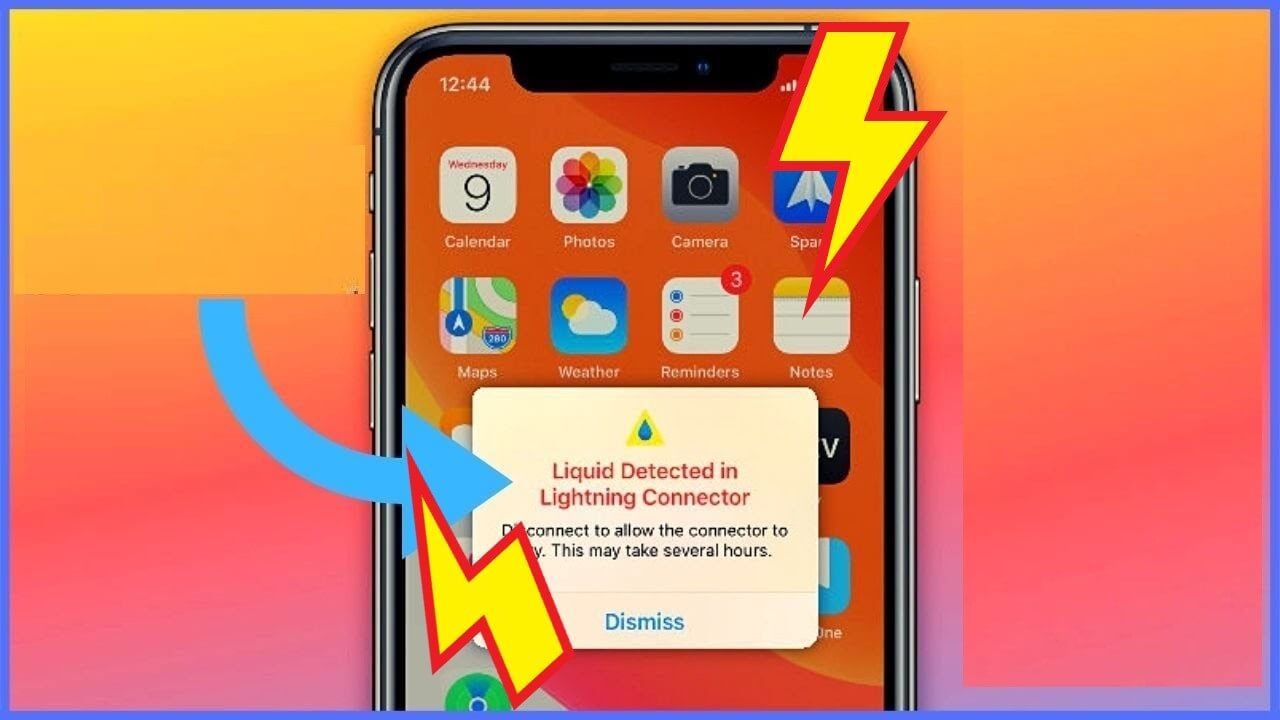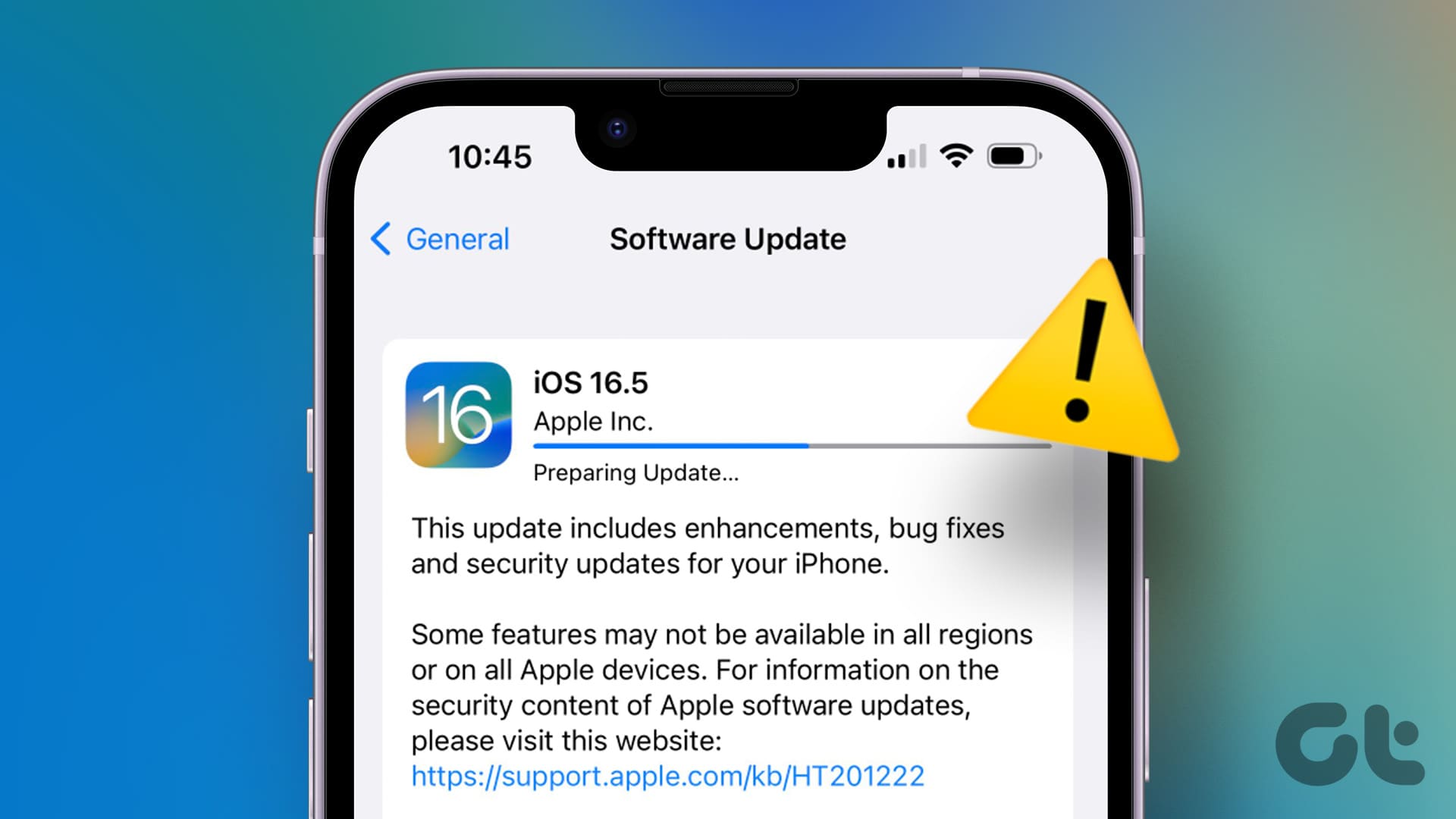One of the biggest advantages of an iPhone over a regular Android phone is day-one software updates. iOS updates not only improve system reliability but also introduce new system-level features and functionality to default apps. The problem arises when your iPhone fails to update to the latest iOS version from the Settings menu. Here's how to troubleshoot and fix your iPhone not updating to the latest software.
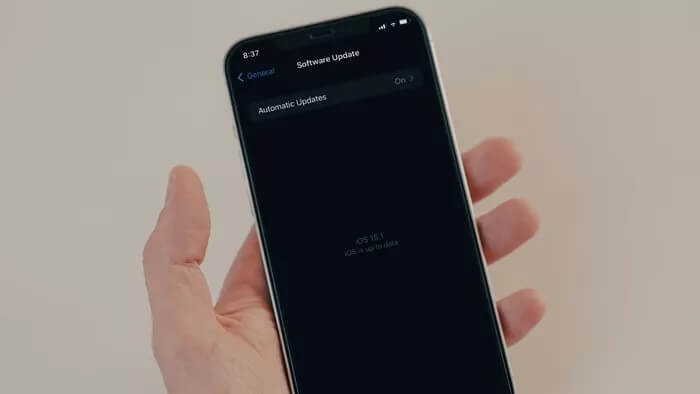
Unlike Android, iOS updates aren't limited to carriers and are readily available to all users worldwide at the same time. Within hours of a new iOS release, you may notice other iPhone users bragging about the latest iOS version on their iPhone models on social media. So what's happening with your phone? Let's try to find the problem and fix it for you.
1. Check device compatibility
While Apple is the gold standard for iPhone model support, your phone will eventually run out of support for newer iOS versions. The company typically offers 5-6 years of software updates for a given iPhone model.
If you're using an older iPhone model, you may need to check the device compatibility list. For example, with the latest iOS 15 update, you can Visit this source Check compatible iPhone models.
If your iPhone model isn't available in the list, it's time to upgrade to a newer model to enjoy the latest iOS version.
2. Check iPhone storage
You must have Enough storage space On your iPhone, download and install the latest software successfully. If you have low storage space on your device, the update will not install on your iPhone.
Step 1: Open an app Settings on the iPhone.
Step 2: go to the General List.
Step 3: Locate storage iPhone.
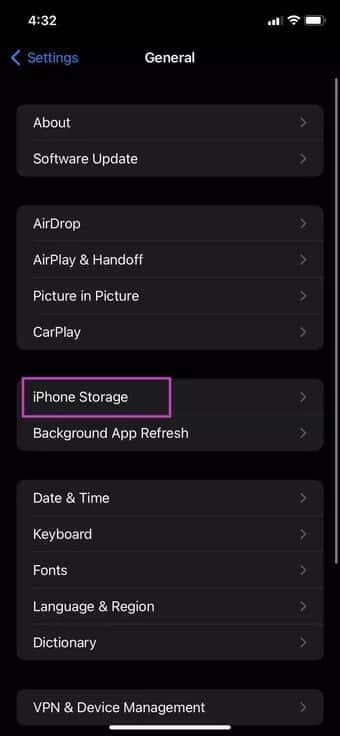
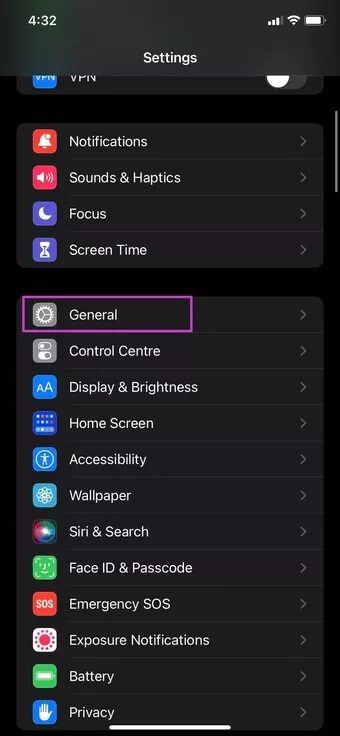
Step 4: You will see a detailed breakdown of the storage.
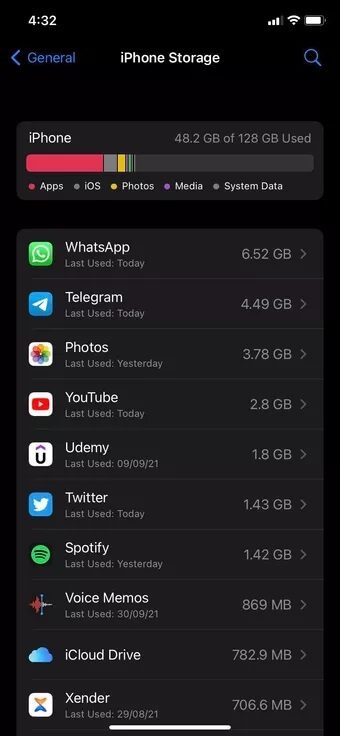
Remove unnecessary apps, media, and videos downloaded from streaming services to free up storage space. Alternatively, you can upload media files to iCloud or Google Photos and delete the original files from your iPhone to free up storage space for the iOS update.
3. Check iPhone battery percentage
You must have at least 50% battery life to install the iOS update on your iPhone. If your iPhone is below 50%, the Install Now button will be grayed out.
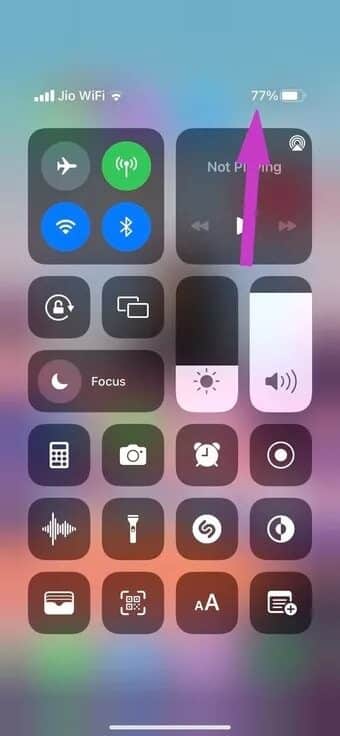
4. Use a faster WI-FI connection
You should connect to a faster Wi-Fi connection for a flawless software update on your iPhone. When connecting to Wi-Fi, try using the 5GHz frequency instead of the 2.4GHz frequency. You'll see improvements in download speeds.
5. Restart iPhone
If you don't see the latest iOS update on your iPhone, you can restart your phone and try again. Press and hold the Power button and the Volume Down button simultaneously, and you'll be given the option to turn off your iPhone. Continue holding the Home button and turn on your device.
Open the Settings app and check for software updates from the General menu to check for the latest iOS update.
6. Use iTunes to update your iPhone
Are you still experiencing an issue with your iPhone not updating to the latest software? You can try updating to the latest software through iTunes on Windows. Connect your iPhone to a Windows computer and open iTunes.
Available from the Microsoft Store, the app is your favorite solution on Windows for managing iPhone media, backups, and system updates.
7. Check Apple servers
As mentioned earlier, Apple has released the latest iOS software to millions of iPhone users. It's always recommended to wait a while for the iOS update to download. The reason? When millions of iPhone users are trying to download an iOS update, it can confuse Apple's servers, potentially leading to an update error on your iPhone.
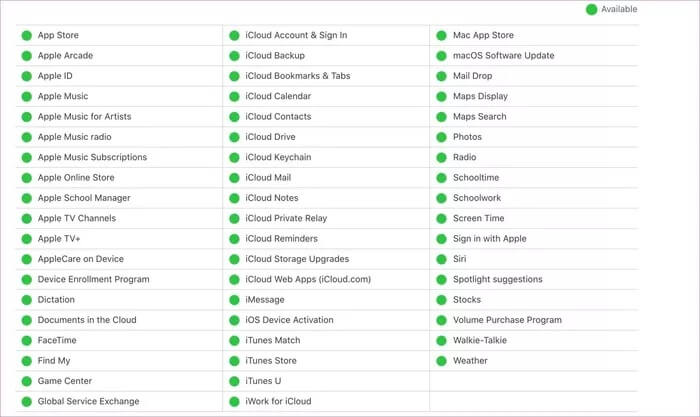
You can go to the page Apple System Status Check the live status of Apple services.
8. Temporarily disable iCloud Private Relay
If you're upgrading from iOS 15 to a newer iOS version, you should temporarily disable iCloud Private Relay. Because iCloud Private Relay reroutes internet traffic, it may interfere with the iOS update process on your iPhone.
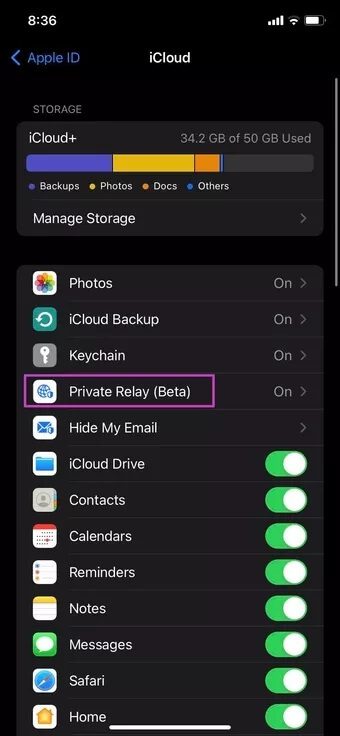
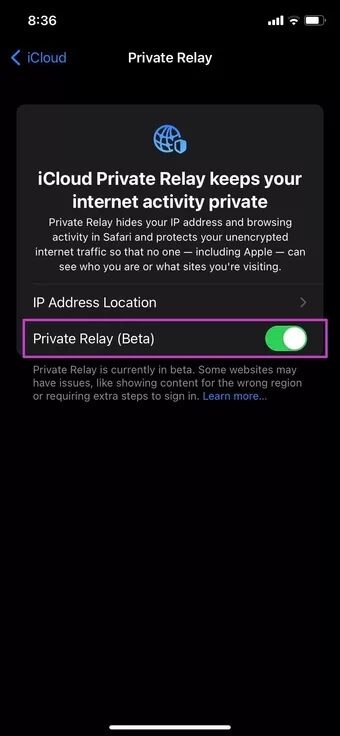
Open your iPhone's Settings menu and go to iCloud. From the Private Relay menu, disable the option and try updating your iPhone to the latest software.
Enjoy the latest iOS on your iPhone
With each iOS update, Apple tightens its grip on the privacy and security aspects of the iPhone as well. If you have a compatible iPhone, you should install the latest software on it. If you're experiencing the issue, follow the steps above to troubleshoot and fix the iPhone not updating to the latest software.








